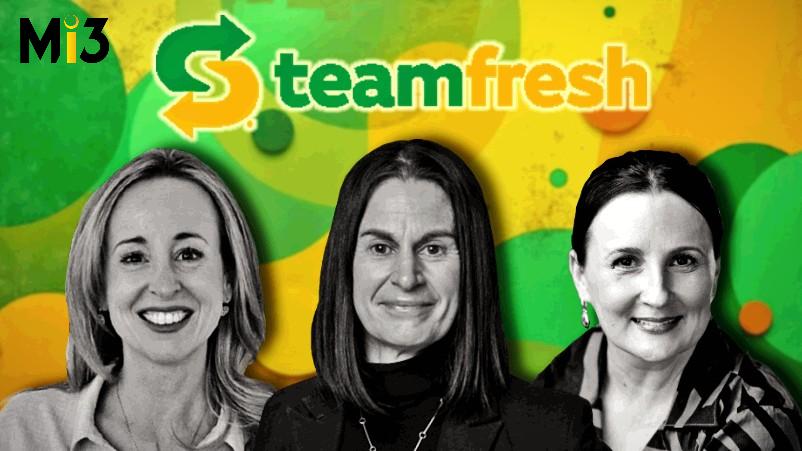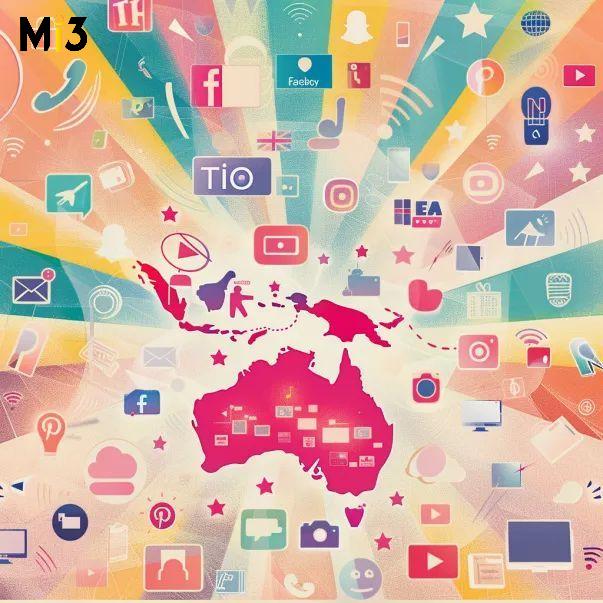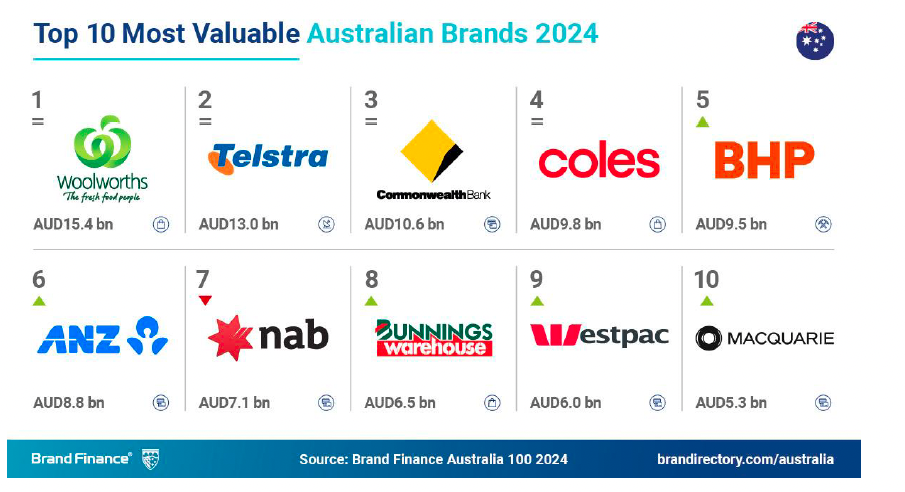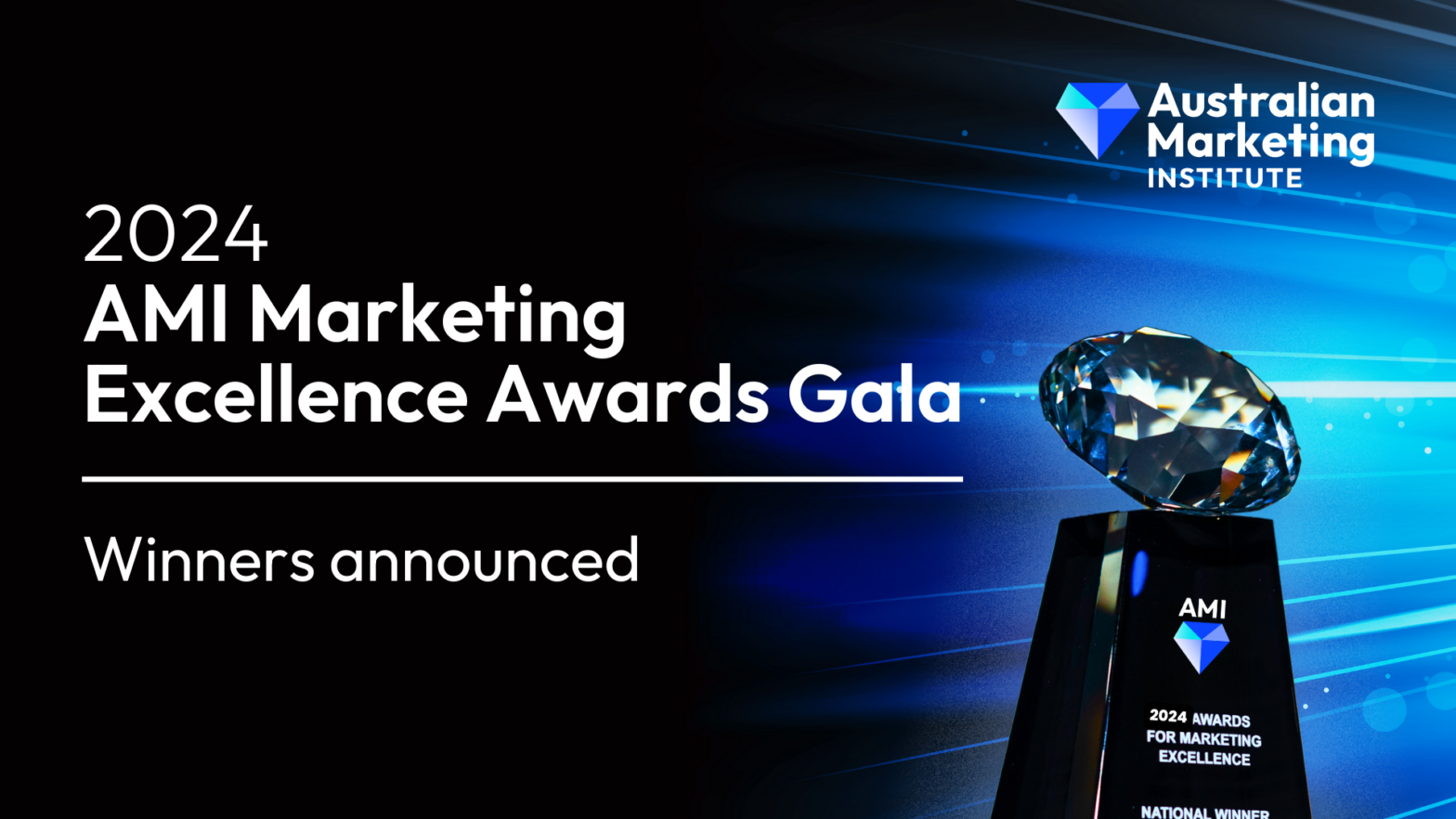From ‘stale’ to ‘fresh’: Subway’s Titeica on the 5-year brand overhaul that delivered a 41% CAGR and made the footlong cool again

What you need to know
- Rodica Titeica joined as Subway ANZ marketing head at the beginning of 2020 amid a global shake-up and declining local relevance, with a remit to reinvigorate a “complacent” legacy brand facing intense QSR competition.
- Within months, she set about making “fast changes” to the franchise brand’s creative and media investment, starting with the appointment of Publicis Worldwide. By the end of 2021, Subway had shifted to a consolidated model, replacing long time media partner AKQA with Publicis Groupe’s Zenith to create its own ‘power of one solution’, Team Fresh.
- Right off the bat, Subway and its partners set about five core business challenges that would put the brand ‘top of mind’ – and still underpin the brand’s strategy today. The hard part, per Titeica, was figuring out how to shift 60 years worth of rusted-on consumer perception.
- For Publicis Worldwide MD Simone Waugh, it was clear Subway needed to go “back to the future’. Hence, the legacy ‘Eat Fresh, Feel Good’ brand promise was reborn, with the footlong sub and cookies identified as unique, ownable assets that could cut through category sameness and re-establish emotional connection.
- Over the last five years, that strategy has been realised via a range of fame-building tactics, like giant sub boats and buses, along with ultra targeted media buys that tapped the lunchtime customers competitors were missing.
- Last year’s News Corp partnership exemplified the approach. With visitation down amid cost-of-living pressures, Subway partnered with publisher to target the 10am–1pm slot, delivering a 50 per cent uplift in foot traffic and 3 per cent sales boost during its spring campaign.
- Subway’s inaugural ‘Cookie-mas’ campaign in 2021 became a breakout hit. Pitched against internal resistance, the holiday-themed cookie campaign drove Subway’s best December sub sales ever and repositioned cookies as a cultural cue.
- Five year’s in, and the plan is paying off: From 2022–24, brand recall surged 40 per cent+ annually, with consideration up 29 per cent, conversation up 237 per cent, and five-year CAGR hitting 41 per cent.
- That, along with 11.75 per cent growth in average restaurant value (ARV) per week, has put franchise partners and global brand execs firmly onside, per Titeica: “We’ve been able to prove now we are one of the strongest business unit [across all] markets globally.”
The brand had ultimately become a little bit beige or stale, if I dare say, and that was the critical truth that we set about changing – around finding a fresher way.
When Rodica Titeica joined Subway’s Australia & New Zealand operation in early 2020, the brand was in a rut. After 60 years as the “original” QSR challenger, the global sandwich franchise had “become complacent” and was losing relevance in a category that was more fragmented and competitive than ever.
Per Titeica, what had already been a healthy landscape when Subway first burst onto the scene was now even healthier, with consumers “spoilt for choice” during the lunchtime rush.
“We’ve got Vietnamese and sushi, we’ve got the Grill’ds and the Guzmans now – and you can go down to Woolies and get a great sandwich or a salad,” she explains. “We had simply stopped being relevant to the way consumers wanted to shop, and what it boiled down to was that we were making it too hard.”
It wasn’t just a challenge for the local market. In 2019, the business had installed global CEO, John Chidsey (succeeded this month by former Burger King SVP Jonathon Fitzpatrick), to turn the ship around. That meant doing away with some legacy hangovers of the franchise’s small business origins – while still holding onto its family-run heritage.
Locally, Titeica stepped in as ANZ marketing head just as Subway was emerging from a two-year brand transformation led by WPP’s Wunderman Thompson (since merged into VML). First on her agenda was to find the right creative partner to take the brand into its next phase.
“When I started looking at our consumer insight data and all of the business analytics that we had, it was resoundingly clear that we needed to make some fast changes,” she says. “One of the biggest areas is our creative and our media investment, so I set about and went to market, and we developed Team Fresh.”
The brief, per Titeica, was simple: “To do good work with good people who generally give a shit”. She took creative to pitch in the early months of her new gig and the Brisbane-based Publicis Worldwide creative outfit was appointed by mid-2020. By the end of 2021, Publicis media agency, Zenith was brought in to round out Subway’s ‘power of one’ solution with the French holdco – ending the brand’s a decade-long partnership WPP’s AKQA Media.
For Titeica, the Team Fresh proposition was a neat fit for the “lean team” that works on the franchise brand internally. And she reckons the consolidated mode meant less time dealing with P&Ls or “fighting over creative ideas for the sake of it” and more focusing on “what’s going to grow our business”.
“Because, if that’s the core focus, and we work together and collaboratively on that, then it’s a win, win, win – the agency wins, the client wins as a brand and then the customer wins,” she says. “That’s what I’d say has been sort of the secret sauce to our success.”
We've been able to prove now we are one of the strongest business unit [across all] markets globally. We've had five years of incremental, sustained growth, and there's more sustained growth to come as well.
Back to the future
Right off the bat, Subway set out five core business challenges for the brand to address around being “top of mind” and “relevant”. These remain the guiding light today. Underpinning those challenges, per Titeica, was the fact the brand had “ultimately become a little bit beige or stale”.
“That was the critical truth that we set about changing, around finding a fresher way,” she says.
But with 60 years of history, the hardest thing for Subway to tackle was how to shift rusted-on consumer perceptions, particularly when competitors were outspending on marketing by at least five to one. The answer, according to Publicis Worldwide managing director, Simone Waugh, was in Subway’s history. In the first year, the strategy revolved around the idea of going ‘Back to the Future’.
“We’re up against the Colonels and the burgers, and it’s fast food that might make you feel really good in the moment, but just makes you feel bad afterwards,” she explains. “We saw in the market that consumers wanted what Subway had walked away from, which was ‘Eat Fresh and Feel Good’… we needed to bring that back and really own it.”
In doing that, Titeica says the brand looked at what it was consumers loved about Subway, and what assets could be “genuinely ownable”. Staring the teams in the face were the Subway Footlong and Subway cookies. “Nobody could touch those and their product platforms”.
In the case of the Footlong, the product lent also itself naturally to value. “it’s a big eat, it’s a satisfying eat and it’s a better eat,” says Waugh. “You might get chips for $1 but you feel shitty afterwards. It doesn’t fill you up, and you probably have buyer’s remorse. Plus we all know that you’re not just spending the dollar on the chips, because you probably end up spending $15 on a meal”.
Thus, Subway set off on a fame building exercise to remind consumers of the implicit correlation between size and value. “We had to really bring that emotion through in everything that we did, in making the foot long really famous, and making you feel good – and we decided to have a lot of fun with that,” adds Waugh.
Making fresh famous
From a media strategy perspective, the fame building exercise was about driving a greater share of voice off spend, explains Zenith Brisbane GM, Kate Lippett. Putting a giant sub on Queenstown’s Lake Wakatipu was one way of going about it, with the nine-metre-long sandwich spearheading the brand’s Spring 2021 campaign, ‘Feel Good’ – and sparking plenty of earned media coverage too. The concept underpinned many of Subway’s creative executions over the past five years.
In 2023, the QSR tapped comedy duo, Hamish & Andy to double down on the brand’s size-value ratio with Bigger-er. The work was accompanied by a real life ‘Sub Bus’ that spent 26 days touring the past Coast of Australia to hand out free subs. A similar bus-stunt was repeated from Subway’s Autumn campaign this year.
Then in 2024, the ‘Size Matters’ campaign put giant sandwiches on billboards in some of Australia’s largest OOH placements.
Beyond the stunts, Lippett says Subway tightly targeted the media channels and time zones in which its competitors were weakest, going after the lunchtime trigger window of 10am to 1pm in partnership with News Corp.
The campaign, unpacked by Titeica onstage at News Corp’s upfront event in March, was devised in response to the cost-of-living crisis, which had seen QSR visitation rates halve in the months leading up to Subway’s September 2024 campaign launch. It resulted in measurable uplift in a lunchtime demographic that “had been lapsed entirely”, per Titeica. More broadly, the franchise recorded a 50 per cent uplift in foot traffic and a three per cent sales lift over the duration of the campaign.
“What was great about the News Corp partnership and anything that we do when we’re really working well with context, is that it served within our trigger windows,” adds Lippett. “We needed to go after lunch time and we need our trigger windows to make sure we are in the right space when people are engaging with that platform… It’s also the ability to use their [News] data to help us create the right creative at that time and put that in the right place, so there’s not just one channel.
“We definitely are making sure that any idea that comes across can cut across paid, earned, shared and owned. We’ve really ramped that up across the last couple of years, just making sure that it’s right through the line.”
A year earlier, Team Fresh landed another one of its biggest successes with the launch of the ‘Cookie-mas’ campaign – an idea tied directly to a media insight, per Titeica.
“We split our annual marketing calendar up into quarters, like a lot of brands do, and our Summer quarter would run from the end of November through till the end of February,” she says. “We’d go out with our big summer health message, and really quickly, the team came back to us and said we just can’t get the cut through at that time – particularly in that December window – because it’s such a cluttered media landscape for all brands, not just QSR.”
The team came back with the insight that in the holiday season, “no one cares about health until after New Year”. So, Cookie-mas was born. The idea, Waugh explains, was about making the Subway Cookie “really culturally relevant to consumers” in those weeks before Christmas when habits change.
“Basically, the Cookie was a sleeper, everyone actually loves the Subway Cookies… and Santa loves cookies,” she says.
But it proved a challenging pitch internally, with Titeica pushing hard to convince execs a sandwich brand could drive relevance by selling $2 cookies. Luckily, she got it across the line – and the results speak for themselves.
“Ultimately, what that strategy did was establish incredible relevance for the brand with consumers at a time where it’s stressful, it’s busy. Just make it taste good, make it easy and make it feel good. And that’s what it did,” says Titeica. “Not only did we sell a huge amount of cookies and cookie packs, but we actually sold more footlong subs during that month than we did any other period of the year. So it had a really great halo effect on the brand overall.”
Hence, it was a no brainer to bring it back in 2023.
We saw in the market consumers wanted what Subway had walked away from, which was ‘Eat Fresh and Feel Good’… we needed to bring that back and really own it.
Five years of growth
Half a decade in, Titieca’s efforts have put the Subway brand firmly back on track. Between 2022 and 2024, brand recall grew by more than 40 per cent each year across key campaigns and sat at an average of 90 per cent in 2024. At the same time, consideration lifted 29 per cent, and conversation went up 237 per cent – smashing target levels by 3x and 20x, respectively.
But the ultimate win, per Titeica, is that the brand transformation has quickly funnelled gains onto bottom line to the tune of a 41 percent compound annual growth rate (CAGR) over the last five years. That, along with an 11.75 per cent lift in average restaurant value (ARV) per week, has bought Subway “a lot of collaboration and belief from the franchise network”, she says.
“We had our franchisee convention in March of this year, and it was the most positive one I’ve encountered with the amount of franchisees that have come up and said they absolutely love everything we’re doing from a brand and marketing perspective and we’re excited, and proud of the brand again,” Titeica says.
It’s a major turnaround from a very “noisy” 2020, when then newly installed marketer came up against strong resistance from those same franchisees. “I was not a popular lady, changing a lot of things,” she says. “But with success breeds freedom, right?
“We’ve been able to prove now we are one of the strongest business unit [across all] markets globally. We’ve had five years of incremental, sustained growth, and there’s more sustained growth to come as well. We’re not winning by putting down lots of restaurants like some of our competitors, which is fine too. We were on that trajectory for a long time, but we’re a deeply penetrated brand here in Australia and New Zealand, so it’s about incremental growth.”





